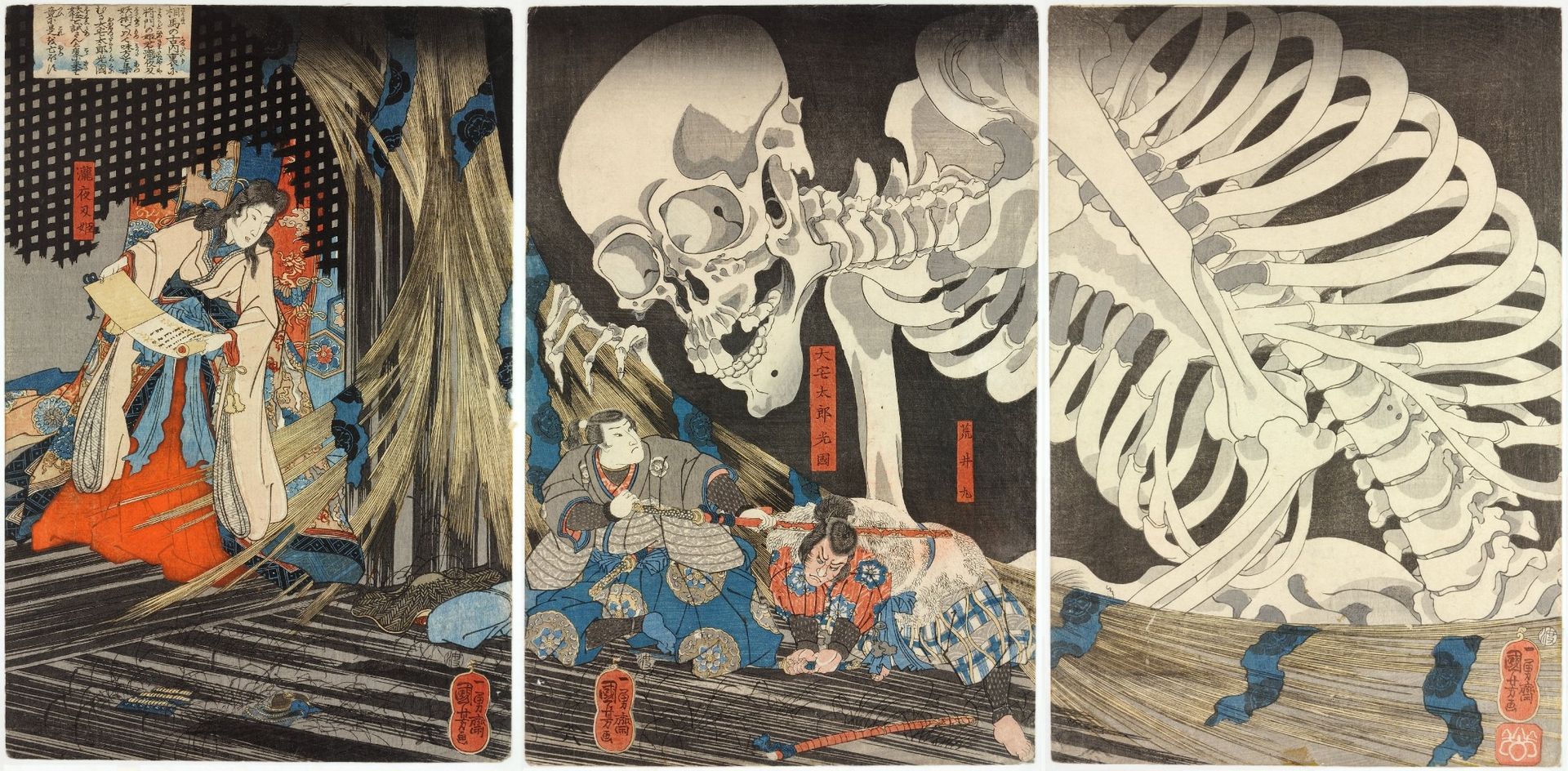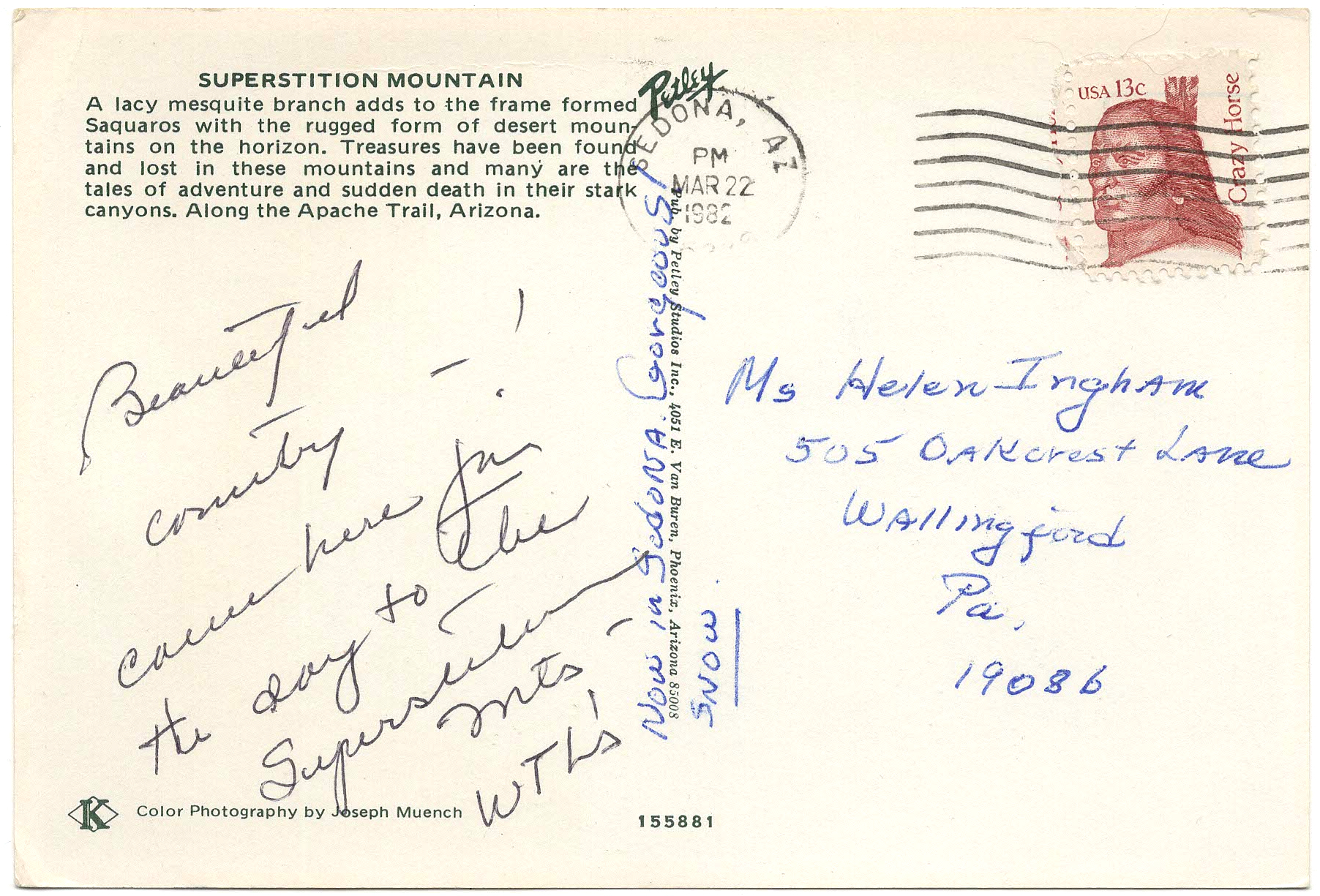- Title: COMPUTE!'s Guide to Adventure Games
- Additional cover text: "A comprehensive guide to designing, writing, and playing computer adventure games. Includes 'Tower of Mystery' a ready-to-type-in adventure game for virtually any home computer, as well as reviews of many popular commercial games."
- Author: Gary McGath
- Cover designer: Unknown
- Publisher: COMPUTE! Publications, Inc., one of the ABC Publishing Companies, Greensboro, North Carolina
- Year: 1984
- Pages: 203
- Format: Spiral-bound paperback
- Cover price: $12.95 (That was very pricey for 1984! The equivalent of more than $32 today. I reckon they figured that everyone who dabbled in home computers in the 1980s had money.)
- My experience with this book: I've had this book since it was purchased during a visit that Dad and I made to a small computer store in Pinellas County, Florida, in either 1984 or 1985, when we were living in Largo. I think Mom and I must have tag-teamed typing the six-page BASIC program listing, "Tower of Mystery," into our Commodore Plus/4, because I wrote some marginalia on those pages stating "NOTE: WHEN A LINE BEGINS WITH REM YOU DON'T HAVE TO COPY IT." Mom and I were playing some Infocom games and a few Scott Adams games during this time, and we were happy to have another short text adventure to play.
- About Gary McGath: He still has many footprints online in autumn 2021. Based in New Hampshire, he's on Twitter (@GaryM03062); he as an author profile page on Goodreads, which indicates that his other books include The Magic Battery, Yesterday's Songs Transformed: A Historical Tour of Song Rewriting; and Files That Last: Digital Preservation for Everygeek; and he has at least two webpages: garymcgath.com/wp and mcgath.com. I like this statement from McGath atop one of those websites: "Words are the most powerful things on Earth. Words change everything. They keep our knowledge alive. They let us stay in touch with each other. They can convey beauty. They give us four of the best things in life: talking, listening, reading, and writing."
- Chapter titles: Stories in Software, What Makes a Good Adventure?, Infocom Adventures, Scott Adams Adventures, Sierra On-Line Adventures, More Adventures, Action Adventures, A Field Guide for Frustrated Adventures, How They Work, Doing Your Own, Tower of Mystery: A Simple Adventure Program, The Edge of the Future.
- Acknowledgments: "Thanks are due to many people for providing information and ideas for this book. Special thanks go to John Baker, Kevin Bernier, Denise Bouley, Stu Galley, Scorpia (for more than just that material that appears under her name here), and especially to master adventurer Steve Wright. In addition, I would like to thank the many members of the CompuServe Game SIG who have widened my knowledge of adventuring."
- Dedication: "This book is dedicated to all the creators of new worlds."
- First sentence from introduction: "One of the major fringe benefits of working in MIT's Laboratory for Computer Science in 1976 was being close to ARPAnet."
- And what was cool about ARPAnet? As McGath continues: "One of the most popular programs that we received over ARPAnet was a new game, by Will Crowther and Don Woods, called Adventure. I was hooked from that start and spent many weekends at the lab trying to find my way through the Hall of Mists, past the Troll Bridge, and out of the maze of twisty little passages."
- Random sentence from the middle #1: "Remember, no matter what the program does, don't let them have that number!" [McGath is describing the 1982 game Prisoner 2.]
- Random sentence from the middle #2: "If prefiltering reveals no problems, the next step is to call the action routine for the particular verb token."
- Goodreads rating: 4.6 stars (out of 5)
- Goodreads review excerpt: In 2011, Kevin Rubin wrote: "I bought this book in 1984, and I've been carrying it around the world with me since then, I took it to college, I took it to the big city when I got my first job, I took it to India when my job took me there and I still have it on my nearby bookshelf in New York City. It's not particularly useful now, but as it was the first computer book I ever bought, I'm quite attached to it."
- Amazon rating: 5 stars (out of 5)
- Amazon review excerpt: In 2014, Marek wrote: "Book is very good (if you put it in its proper time era context) in introducing the reader to the genre as well as teaching about the basics and more advanced elements of the text adventure game design and even introduces the reader to the programming."
- Another online assessment: In 2017, We Are the Mutants' Brother Bill summarized the book, chapter by chapter, with a few of his thoughts added in.
- Final note on text adventures: If you want to take a deep, fascinating dive into the history of text adventure games right up to present day, I recommend Aaron A. Reed's "50 Years of Text Games" Substack, a yearlong series that is heading into the home stretch. It has covered The Oregon Trail, Hunt the Wumpus, Super Star Trek, Zork, Pirate Adventure, A Mind Forever Voyaging, Photopia and much more. Reed's main website is aaronareed.net.
Saturday, November 13, 2021
Book cover: "COMPUTE!'s Guide to Adventure Games"
Saturday's postcard: Le Trocadéro in Paris
Friday, November 12, 2021
Football obsession, 60 years ago
This editorial cartoon by Frank Miller, poking fun at the obsession over football, appeared on the front page, above the fold, of the Sunday, November 12, 1961 edition of the Des Moines Sunday Register. Exactly 60 years ago today.
At three columns wide, the cartoon is the main art on the front page, with a two-column-wide head shot of Jean Seberg serving as the only other prominent artistic element. ("Otto got rid of me like a used Kleenex," Seberg states in the article, speaking of director Otto Preminger. Seberg died at age 40 in 1979; her short life with was beset by tragedy and she was the target of viciously unfair treatment.)
This was amid the long heyday of American newspapers. The Register billed itself as "The Newspaper Iowa Depends Upon." Its Sunday edition featured 202 pages spread over 11 sections, for a cost of 20 cents. (The advertising revenue was surely tremendous.)
Miller was a staff cartoonist for the Register from 1953 to 1983 and won a Pulitzer Prize for Editorial Cartooning in 1963, for his cartoon about the futility of nuclear warfare.
Utagawa Kuniyoshi postcard from Japan
Thursday, November 11, 2021
Dandy movie posters: "Nashville" and "Licorice Pizza"
"If you consider PTA Altman PTA and Kubrick PTA (1st & 2nd halves of his career), then #LicoricePizza is like an early PTA Altman movie made by a later PTA Kubrick. Warm, nostalgic, romantic and affectionate, but cinematically ok with just hanging out and just vibin’Maybe you could call it a Master-like pace.In that sense it reminds me of Hal Ashby the most and true Altman (Boogie Nights is actually more coked up and Scorsese and Altman was never that keyed up as his early movies)In a sense it’s much more Inherent Vice than it is Boogie Nights, minus the density of that film and the Zuckerberg jokes. It’s a PTA film that could potentially divide as much as IV did and there’s something exciting about it.I’m still processing, but it’s largely great, if languid and baggy in spots (like a Long Goodbye), but Alana Haim is just luminous and outstanding.Anyhow, it’s a film that don’t fit into one tweet, feels like 3 hrs, is sprawling, but still largely terrific."













